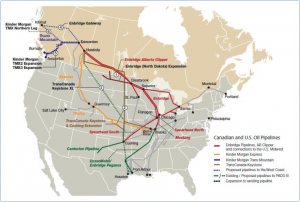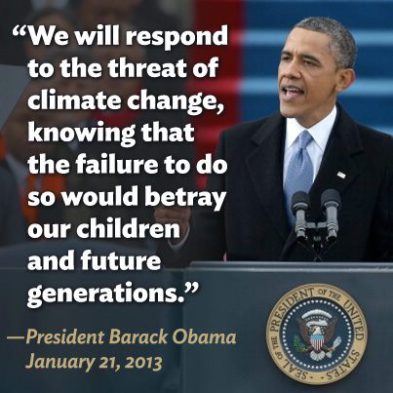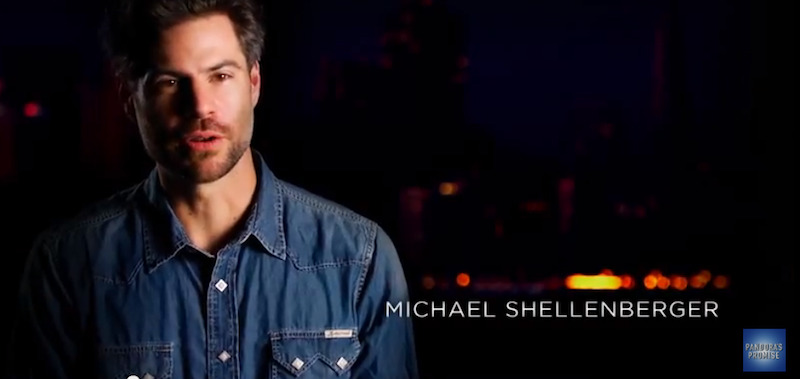XL PIPELINE
This blog will contain information regarding the Keystone XL Pipeline.
“The proposed Keystone XL project consists of a 875-mile long pipeline and related facilities to transport up to 830,000 barrels per day (bpd) of crude oil from Alberta, Canada and the Bakken Shale Formation in Montana. The pipeline would cross the U.S. border near Morgan, Montana and continue through Montana, South Dakota, and Nebraska where it would connect to existing pipeline facilities near Steele City, Nebraska for onward delivery to Cushing, Oklahoma and the Texas Gulf Coast region”.
The remainder of the blog will be split into 3 sections.
- Pros
- Cons
- My opinion
Each section will be brief and concise.
Please feel free to comment on the Proposed Keystone XL Project.
The link below is the Proposed Keystone XL Project
This link provides you with a detailed outline of what the proposal actually is. Please take 10-15 minutes and read/skim through the text.
PROS
The argument made by advocates is that although they believe alternative sources of energy are the future, they believe in the meantime it would be in our countries best interest to depend on neighboring countries for resources.
“the world benefits from oil produced by friendly, democratic nations such as Canada, which reduces its dependence on unstable regimes in the Middle East”
The pipeline project would strengthen relations with Canada, and it would create nearly 2,000 construction jobs in Kansas, Montana, Nebraska and South Dakota. It also creates about 50 full-time jobs in the U.S. once in operation. All of these statements are very compelling arguments.
“The existing 1,661-mile Keystone Pipeline system became operational in June 2010. It has the ability to transport approximately 591,000 barrels of crude oil daily, non-stop from Alberta, Canada to market hubs in the Midwest and Texas. According to TransCanada, the Keystone XL Pipeline expansion will increase capacity of the Keystone system to approximately 1.1 million barrels of crude oil per day by 2013”.
The longer I browsed through the web; I realized there are two parties that are very passionately supporting their opinion. It seems like one of those problems either your “for” the pipeline or “against” the pipeline.
The picture above displays a detailed outline of the pipeline and how it would work.
CONS
To summarize the opposition:
“The United States should instead implement a comprehensive oil savings plan and reduce oil consumption by increasing fuel efficiency standards, hybrid cars, renewable energy, environmentally sustainable biofuels, and smart growth to meet our transportation needs…”
The link I provide below is a letter from the Nobel Women’s Initiative, a non-for profit organization. They wrote to the President, please read the letter:
http://alternativeenergy.procon.org/sourcefiles/nobel_obama_Sept2011_tar_sands_letter.pdf
The following link is a website dedicated to voting against the pipeline.
https://act.350.org/letter/a_million_strong_against_keystone/
My Opinion
Personally I have not been able to make up my mind on the matter. It’s a difficult and very controversial topic.
I would love to read comments on the matter. Do you guys think it’s a good option? Is it sustainable, or should we invest in other renewable options instead?
References:
http://alternativeenergy.procon.org/view.answers.php?questionID=001628
https://act.350.org/letter/a_million_strong_against_keystone/




